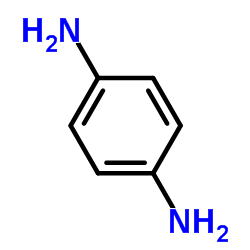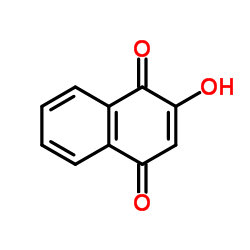| Structure | Name/CAS No. | Articles |
|---|---|---|
 |
p-Phenylenediamine
CAS:106-50-3 |
|
 |
Benzene-1,4-diammonium chloride
CAS:624-18-0 |
|
 |
2-Hydroxy-1,4-naphoquinone
CAS:83-72-7 |